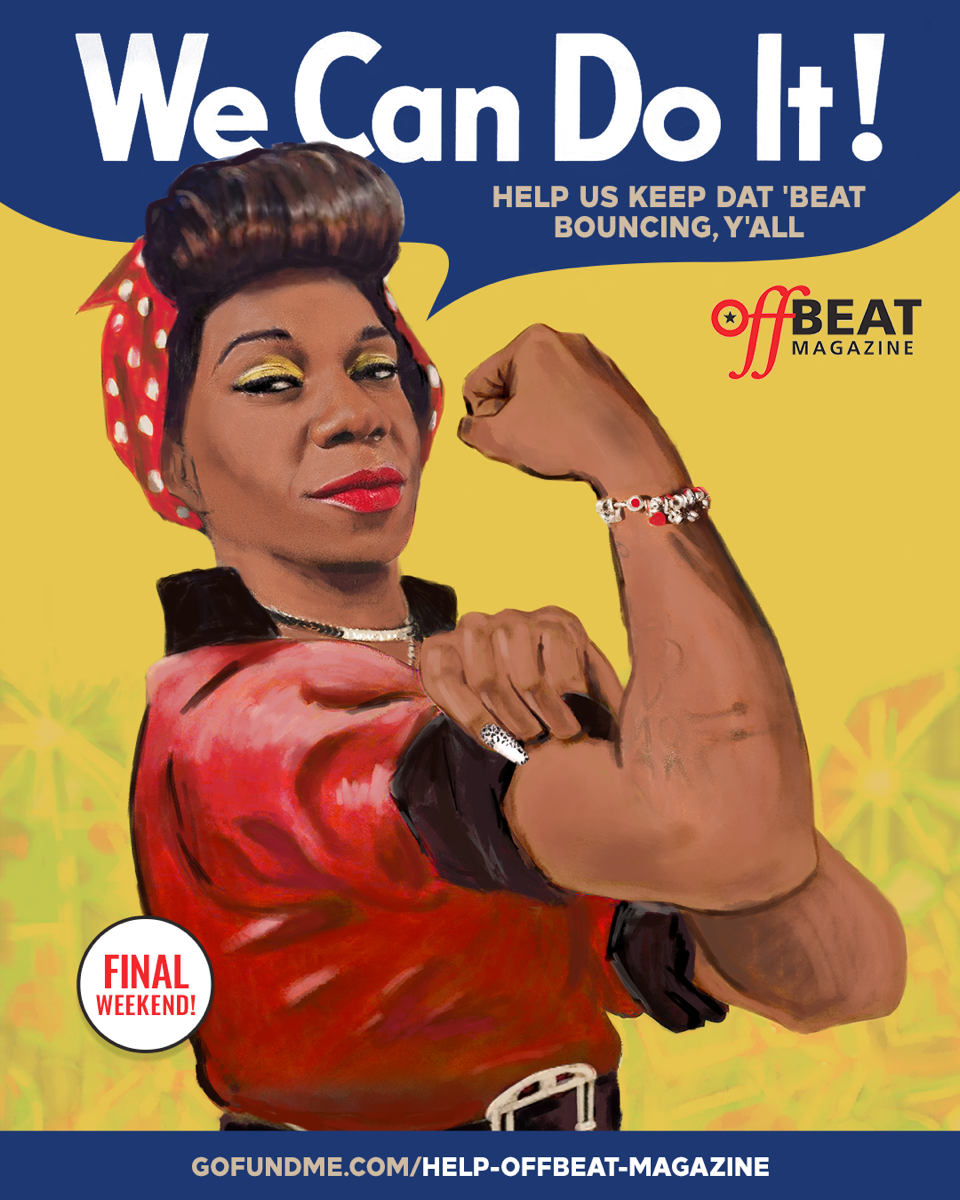A few months ago OffBeat publisher Jan Ramsey lamented the passing of a generation of New Orleans musical icons who have given this city so much of its rich musical history. Who will be the new icons? The city has changed so much, particularly since the flood following Hurricane Katrina in 2005, that’s it’s fair to ask this question. Many of the city’s most popular performers since then are transplants who’ve absorbed the musical history of New Orleans and added some of their own identity to ...
Illustration by Monika Danis




